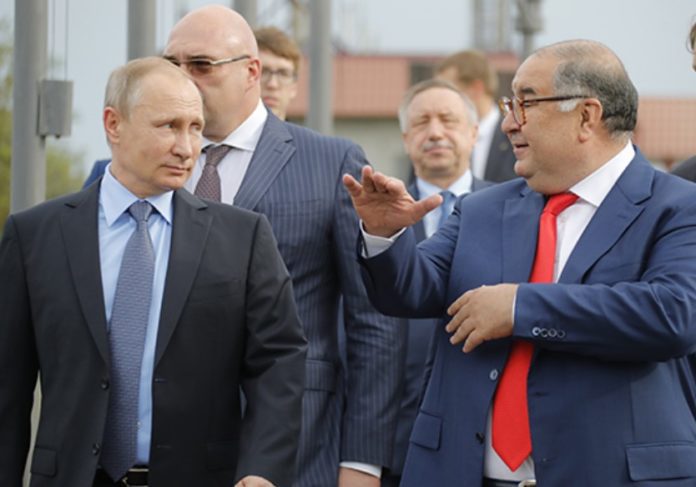Glistening high-rise towers with names like Eurasia, Evolution, or Imperia adorn the left bank of the Moskva River, becoming the new visible landmarks of Russia’s capital city. Constructed since the early 2000s, these skyscrapers in “Moscow City” represent Russia’s economic boom during the early Putin era and its ambition to be part of the global world.
Designed to combine contemporary architecture with modern workplaces, entertainment, and glamour, the district not only houses offices and apartments but also shops, entertainment venues, and fine dining establishments, such as the renowned restaurant “Sixty” on the 62nd floor of the “Federation Tower” offering a spectacular panoramic view of Moscow.
However, “Moscow City” has become the target of Ukrainian drone attacks, particularly focusing on a nearby high-rise called “IQ-Quarter,” where several Russian government agencies and ministries, including the Ministry of Digitalization, the Ministry of Economic Development, and the Ministry of Industry and Trade, are located. The latter oversees defense industries and other state-owned enterprises involved in the Ukraine conflict.
These drone attacks have caused damage and disruption, highlighting Moscow’s vulnerability despite Russian authorities downplaying their impact. While the Russian Defense Ministry claimed to have shot down several drones in the suburbs of Moscow, the city’s Mayor Sergei Sobyanin suggested a deliberate attack on “Moscow City.” The frequent attacks raise concerns and insecurity among the population, while Ukraine’s intentions become apparent.
Ukraine’s Objectives in Drone Attacks
- Demonstrating Vulnerability: The drone attacks challenge Russia’s claim of the war being far away and not adversely affecting the population. While Ukrainian drones strike less frequently than Russian ones, they create irritation and unease among the population, urging the Russian military to enhance security measures in Moscow.
- Binding Russian Air Defenses: The attacks aim to divert Russian air defense resources away from the frontlines, making it challenging for Moscow to defend against such unconventional warfare tactics.
Ukraine has intensified its drone attacks since last month as part of its military counteroffensive. Additionally, the country seeks to establish its drone production capabilities, with recent reports suggesting progress in the development of flight and naval drones.
Notably, Ukraine’s newfound openness in discussing the attacks on Russia signifies a shift in strategy. Previously, silence prevailed when Russia was directly hit, considering that attacks on Russian territory were controversial among international supporters of Ukraine due to potential escalation. Now, Ukraine is testing the boundaries, even provoking the Kremlin with strikes in Moscow’s hinterland, likely due to the belief that Moscow’s military response will remain consistent. In retaliation, the Kremlin continues to brutally shell Ukrainian cities, accepting civilian casualties as part of its large-scale offensive.
As a result, the drone strikes may increase, causing more chaos, conflicts, and war in Russia—a development considered an objective historical outcome by some Ukrainian officials.
President Volodymyr Zelenskyy recently remarked that the war is returning to Russia itself, targeting its centers and military bases—a process he deems obvious, natural, and fair. Mykhailo Podoljak, an advisor to Zelenskyy, expressed a more fatalistic view, foreseeing more drones, more chaos, more civil conflicts, and more war in Russia’s future.





